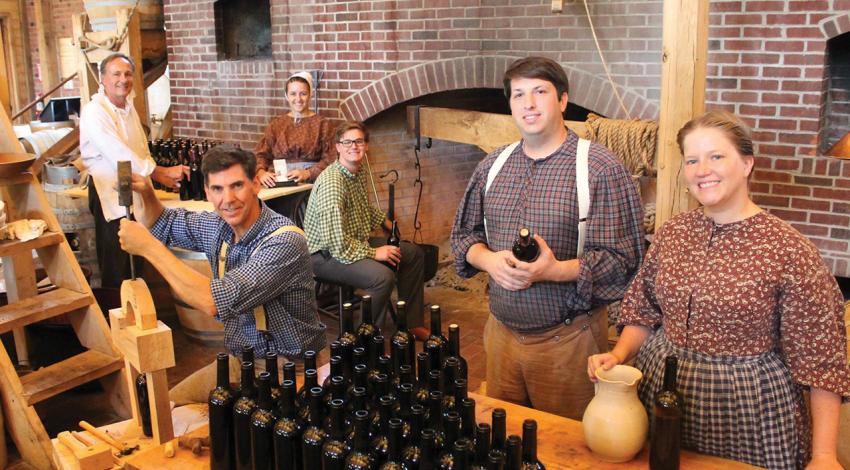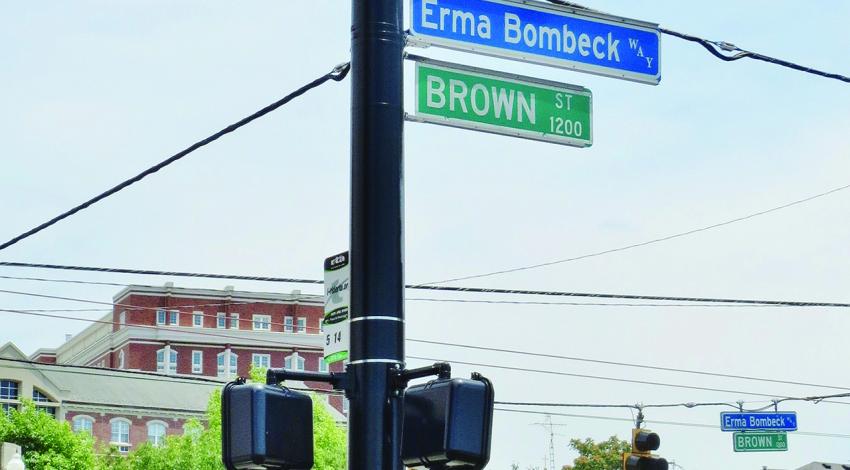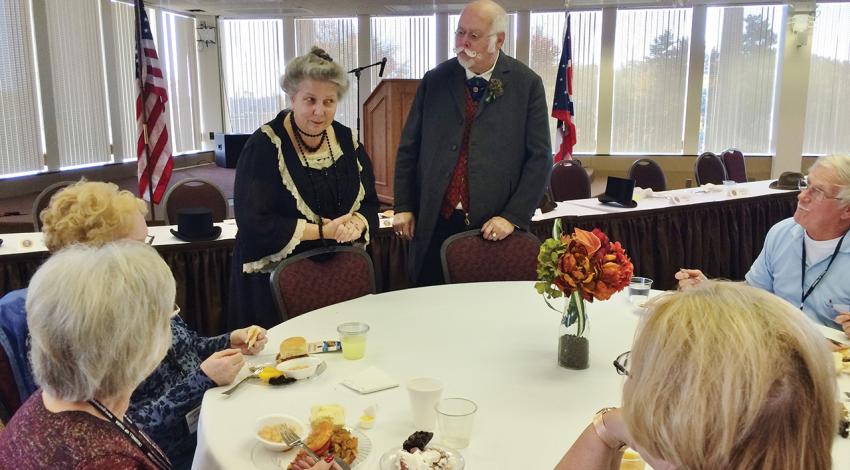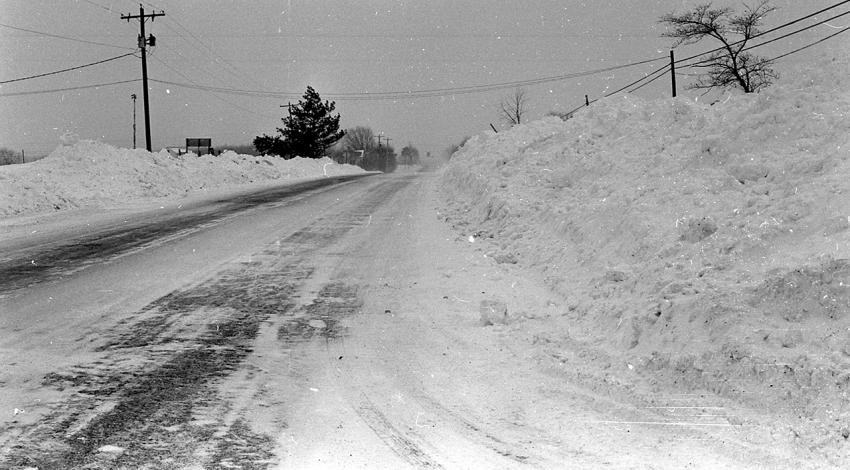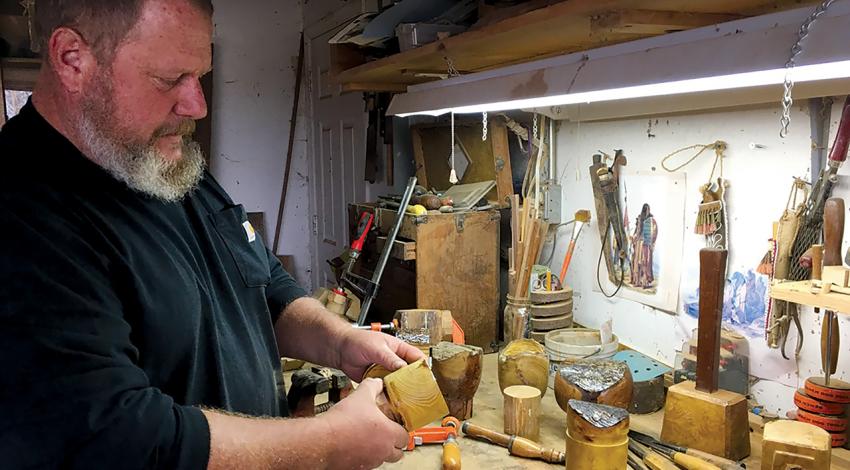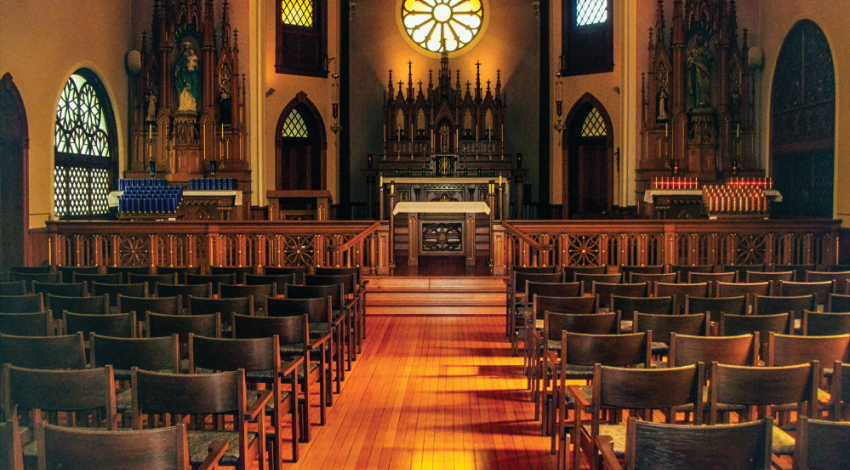Ohio history
When people patronize Carillon Brewing Company in Dayton this month, they’ll discover a Valentine-worthy beer — beet ale — that’s vibrant, earthy, and perfect for winning over hearts and waking up taste buds. “It’s a red ale, made from beet sugar, that’s sweet and very tasty,” says Brady Kress, the Dayton History president and CEO who masterminded Carillon Brewing.
The year 1868 was one of turmoil and uncertainty in this country, when the very Union itself was in crisis. One man’s act of valor — not on a battlefield, but in a legislative body — may have been the deciding factor that held the nation together.
Edmund G. Ross cast the deciding vote in the staid United States Senate to acquit the impeached President Andrew Johnson in May of 1868. The vote earned him the widespread scorn at the time. But his act of conviction — ignoring both attempted bribery and physical threats — put him on the right side of history.
Long before mothers were blogging about their daily lives, Erma Bombeck’s syndicated newspaper column — “At Wit’s End” — acquired a legion of faithful followers by mixing her musings about marriage and motherhood with healthy doses of humor. Born and raised in Dayton, Erma certainly knew her subject. She and her husband, Bill, had three school-age children when, at age 37, she began writing the column on a makeshift desk in a bedroom of her suburban Centerville home.
Location: Downtown Xenia, about one block from the Greene County Courthouse.
Provenance: Brothers George and Andrew Dodds, both of whom were stonemasons and immigrants from Scotland, started making memorials in Yellow Springs in 1859. Five years later, they relocated to a building on West Main Street in the railroad hub of Xenia. It’s now one of the nation’s largest monument companies.
Attractions across Ohio host dining events throughout the year that feature more than just food — the guests of honor include historic figures (actors, impersonators, or simply historians with a flair for the dramatic, most with Ohio ties) and make for enriching experiences that combine a dash of education with a huge helping of dinner theater.
For most Ohioans, the first sign that something unusual was happening on that night 40 years ago was the shriek of a fierce, unrelenting wind.
In the late evening of Jan. 25, 1978, a low-pressure system from Canada met another low-pressure system from Texas. Such storms approach from opposite directions several times each winter, according to the National Weather Service. Usually they miss each other. This time they collided, causing what has come to be widely known as “the storm of the century.”

